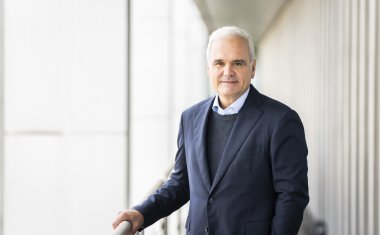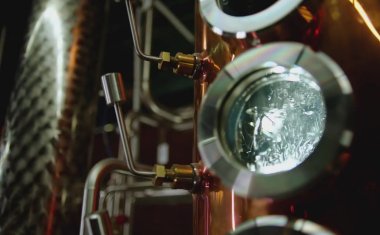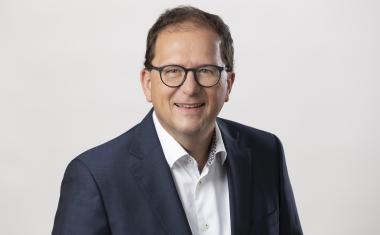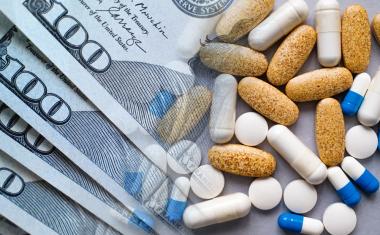Packaging Industry Drives Circular Economy through Science, Innovation and Consumer Insights
The concept of a circular economy, where materials are recycled and reused, is becoming increasingly important in consumer packaging, driven by regulatory requirements and customer interest. Modern technical advancements make it easier to think of today's goods and products as the resources of tomorrow. One such product is plastic.
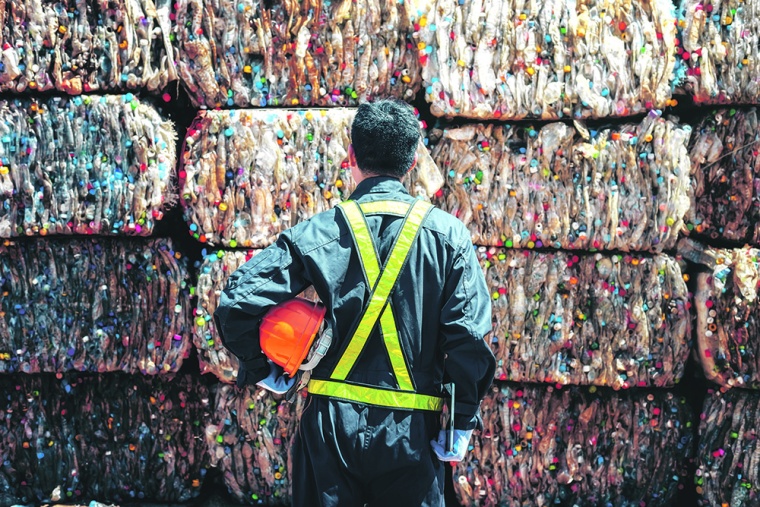
Material Differences
Polyethylene (PE) is the most commonly produced plastic worldwide because of its durability and versatility. While non-polymer-based packaging materials such as paper and glass have experienced growth, the comparison in environmental impact and performance vary case-by-case and depend on usage. For example, paper is much more biodegradable than plastic, but looking at its life cycle assessment, it requires more water for pulping than is used to produce PE. Paper is also often laminated with resin or other coatings when used for packaging, making it harder to recycle.
Misconceptions exist about plastic and its environmental impact compared to other packaging materials. Studies show that the environmental cost of plastic in consumer goods is 3.8x less than alternative materials. Due to its composition and ability to limit food waste, plastic packaging contributes up to 4x fewer greenhouse gases than other material alternatives, such as glass or metal.
Those benefits aside, when not disposed of responsibly, unlike glass and metal, lightweight plastic floats and becomes a long-lasting problem. For many people, waste in the environment equals plastic waste.
This visibility and increased education about climate change fuel consumers’ appetite for recyclable and recycled packaging.
Customers’ Greener Demand
According to 2022 Nova Chemicals consumer research, 51% of respondents ranked “ability to recycle the package” as the first or second most crucial sustainability feature of packaging. Almost half (45%) had deliberately bought products specifically because the plastic packaging was “made from recycled materials,” up from 29% in 2020. Consumers aged 44 and under are especially willing to pay for this attribute.
Consumers want to learn be part of the solution. Brand owners can create more opportunities for consumers to be involved in recycling by designing their packaging for recyclability and communicating with consumers on how to do it.
Additionally, federal and state governments have stepped in to ensure that manufacturers recognize sustainability and recyclability as not only ethical, but also a legal requirement.
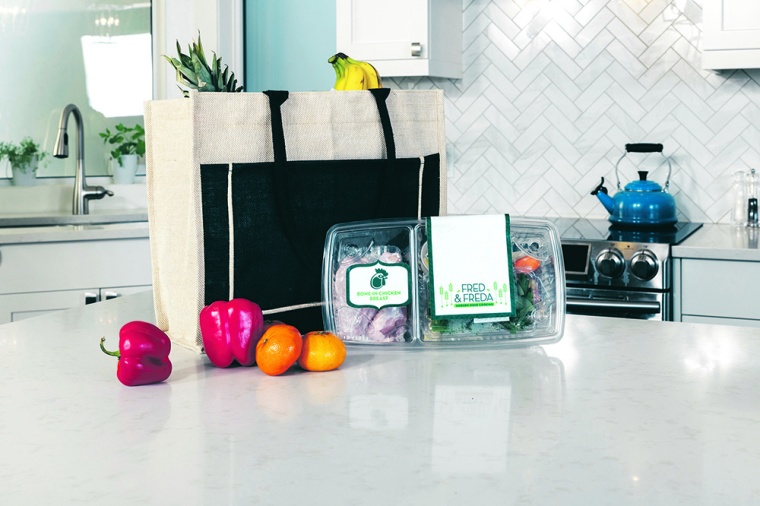
North American Recycling Regulations and Legislation
Extended producer responsibility (EPR) legislation differs from region to region and mandates that producers manage the end-of-life disposal of their products and packaging. EPR is based on the idea that product manufacturers have the greatest control over product design and are responsible for reducing waste.
Currently, only four states have implemented EPR packaging legislation in the US, including Oregon, Colorado, and Washington. Plastics, paper and cardboard, metal, and glass are the only packaging materials covered under the law. EPR regulations include collection and recycling requirement standards, though fees for violating these vary. Some regulations focus on eliminating single-use plastics, while others focus on advanced recycling and plastic reuse programs.
California has the most advanced directive to cut plastic pollution and increase reuse and recycling in North America. A law that came into force in 2022 requires that by 2032, consumers cut single-use plastics by 25%, recycle 65% of single-use plastics, and make 100% of single-use packaging and plastic food ware recyclable or compostable. Producers will ensure that the packaging and plastic food ware sold in California is recyclable or compostable.
Canadian provinces that currently have adopted packaging EPR legislation include British Columbia, Manitoba, Ontario, Quebec, and Saskatchewan. Under applicable laws, companies must submit the amount of packaging and paper materials they bring onto the market, including glass, cardboard, aluminum, plastics, steel, and more. The Canadian Council of Ministers of the Environment (CCME) has prepared a Canada-wide Action Plan for Extended Producer Responsibility, though it has not been enacted into law yet.
The plastic industry in North America has committed to making 100% of plastic packaging recyclable or recoverable by 2030 and 100% of it reused, recycled, or recovered by 2040.
Brand Owner Commitments
The above regulations drive brands to purchase and create their products differently; brand owners have committed to the Ellen McArthur Foundation (EMF) and joined national plastics pacts to work towards achieving new goals in recyclable plastic packaging and incorporation of recycled content by 2025.
A few of the companies making significant investments and goals toward circularity include:
- Unilever: through their Climate & Nature Fund to invest €1 billion by 2030 in meaningful climate, nature, and resource efficiency projects, to transform the way their products are made and reach end of life.
- Adidas: launched their ‘Three Loop Strategy’ consisting of three interrelated initiatives involving recycling plastic waste, designing shoes that can be remade and regenerated, using biodegradable materials.
- Coca-Cola Co, PepsiCo, Keurig Dr. Pepper: have all continued to increase their usage of post-consumer resin across their packaging portfolios.
- Scientific data is the link that guides manufacturing and brand companies alike as they make sustainability decisions.
Science and Mechanics
Mechanical recycling remains the most efficient and environmentally friendly recycling method for plastics. Its carbon footprint is the lowest of all recycling options and is even favorable to prime PE production. With mechanical recycling, Nova’s three-pronged approach is the key to achieving high-quality end use applications. It involves using quality recovered plastic, designing virgin resins to allow for high incorporation of recyclate, and uniquely combining the company’s resins in application development to maintain high physical performance.
In addition to being recyclable, circular packaging must contain recycled content. Smart choices in packaging design and improvements to the recycling infrastructure are vital enablers in achieving a high-quality and consistently available supply of post-consumer recycled plastic material.
With innovations like the Syndigo family of recycled polyethylene (rPE) resins, Nova is focused on delivering lower-emission, recycled solutions to converters and brands that have sustainability goals to achieve.
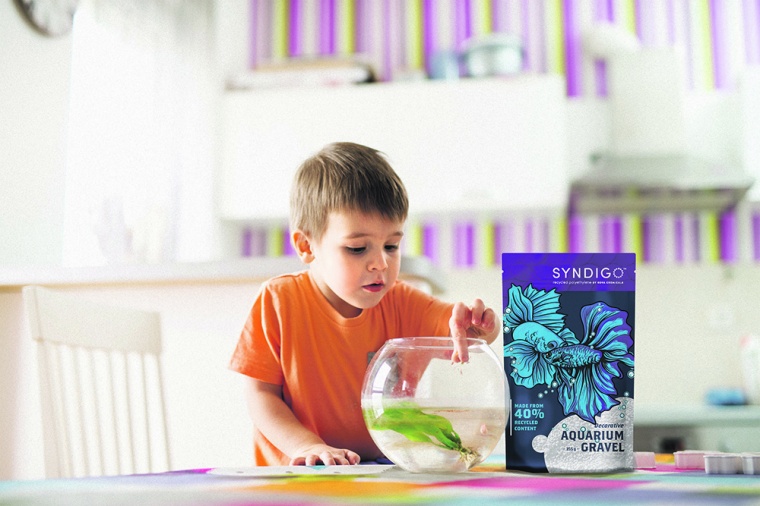
Planning for a Wasteless Future
Plastics manufacturers, brands, film producers, converters, and others in North America are working collaboratively on industry-backed initiatives, such as the Alliance to End Plastic Waste to improve plastic and end plastic waste in the environment.
Nova anticipates investing $2 – 4 billion by 2030 to reshape plastics for a better, more sustainable world and become North America’s leading sustainable PE producer. These investments will support growing a recycling business to achieve 30% of sales, reducing its carbon footprint 30% and growing sustainability-linked new products. The company continuously strives towards a plastic circular economy by focusing on:
- Source reduction and lightweighting
- Design for recyclability
- Post-consumer recycled content incorporation
Plastics manufacturers have made substantial progress against the first pillar over the past 20 years. Many rigid formats have been lightweighted, packages have transitioned from rigid to flexible, and flexible packaging has become increasingly thinner while improving performance.
To make thinner packages even lighter, there is a need for resins and processes that do the heavy lifting. Some of Nova’s resin product lines enable further structure optimization and lightweighting in applications that include food packaging, heavy-duty sacks, and rotomolded parts.
Innovations in PE are also making products more malleable, condensed, and more easily recyclable. One such advancement is Nova’s biaxially oriented high-density PE (BOPE-HD) resin. It is specifically designed to run in the tenter frame process, for the production of BOPE-HD film creating a fully recyclable alternative to traditional, non-recyclable, mixed material films for flexible packaging.
In 2020, Nova partnered with Enerkem to explore turning non-recyclable and non-compostable municipal waste into ethylene, a fundamental building block of plastics. Through partnerships like this, sustainability goals can be met. Most recently, Nova announced a feasibility study with Plastic Energy to explore the possibility of building a pyrolysis-driven advanced recycling facility in Ontario, Canada.
The Future Looks Bright
While organizations across the globe are doing their part to meet recycling and waste reduction goals, North America lags behind the much more comprehensive, aggressive, and established European Union legislation.
Companies like Nova are preparing for what comes next. The future of PE and other plastic innovations remains strong. Though circular economy needs and initiatives differ by location, collaboration across the value chain and internationally is essential for business success and sustainability.
Author: Monika Kleczek, Team Leader Circular Products R&D, Nova Chemicals, Coraopolis, PA, USA

“The plastic industry in North America has committed to making 100% of plastic packaging recyclable or recoverable by 2030 and 100% of it reused, recycled, or recovered by 2040.”


